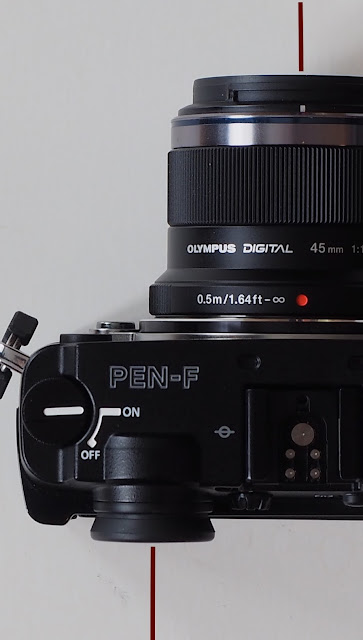The Artificial Intelligence (AI) debate cannot only be about the accuracy or the pseudo-realism of fake or "creative" alternative views of our surrounding life (including people). It concerns also our profound believing of what can be, would be, prefer to be, reality is for us. In other words, we cannot change the perception of somebody else if this very person won't accept any critical point of view that contradict their already conceive interpretations of facts.
For photographers, it is interrogating their own convictions about integrity and honesty in regard of their imaging subjects and their specific and artistic interpretation. In this very competitive world of explosive demographic, the social, economical and political pressure has never been so high and it is an easy understanding that people want to get a psychological and simpler refuge face to the always growing individual and collective challenges that each next days are bringing. And the photographic world cannot escape this new "reality".
Manipulating picture has been part of the history of photography since its very beginning. Using it as a propaganda tool also. Photography is not an "objective" technique or art. But saying this doesn't allow us to simply withdraw any responsibility concerning our subject interpretations. When we speak about integrity, we often refer to honesty in front of the others but we often forget that this process must begin about ourselves. If the main purpose of register and share pictures is showing something before demonstrate a preconceive argue, there is always a chance that those iconic representations deliver a message larger than the first impact intended by their authors. Integrity is proposing an open door instead of a close minded perspective.
One part of doing photography that is very interesting is its exploring value of the subject. We want to expose this subject with different aspects and contexts that will confer to the picture its originality. It is also part of an intention of seing openly, differently, unlimitedly our surrounding world. It questions us and contributes to the evolution of your thinking. And it creates alternatives to a stationary state of mind that often cannot cope with dissident but true realities of life. Photographers can and may contribute themselves to this human salvation search and progress.
***
Creativity implies the use of many interesting techniques and those techniques are by definition tools without any predetermined opinions about the subjects we apply them. It is to us to consider if the interpretation of the subject will correspond to our own integrity.
Creativity implies the use of many interesting techniques and those techniques are by definition tools without any predetermined opinions about the subjects we apply them. It is to us to consider if the interpretation of the subject will correspond to our own integrity.
Photos Daniel M: Olympus OM-D E-M1 Mark III / M.Zuiko ED 12-40mm F2.8 Pro; OM-D E-M10 Mark III / M.Zuiko 14-42mm R




.jpeg)



